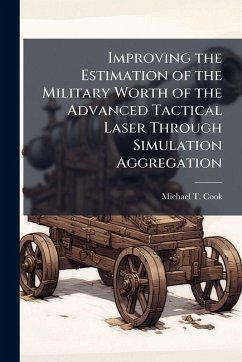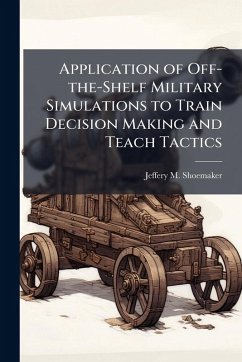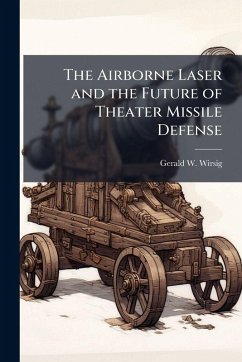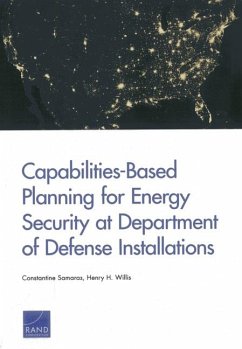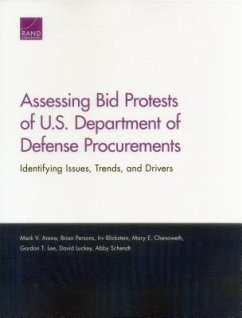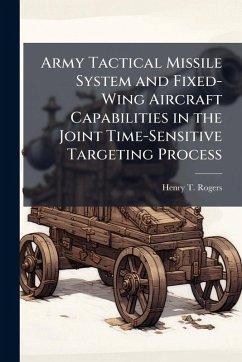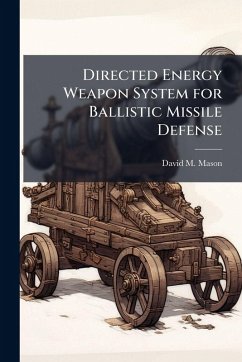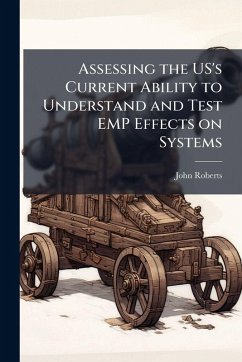
Assessing Capabilities of the High Energy Liquid Laser Area Defense System Through Combat Simulations

PAYBACK Punkte
9 °P sammeln!
High Energy Laser (HEL) technology continues to improve and its place in the battlefield is ever evolving. By combining the high energy delivery of solid state laser technology with the efficient thermal management of liquid laser technology, HELLADS has two main advantages over any HEL predecessors. One, the configuration is small and light enough to be carried on more tactical aircraft such as fighters. Two, the thermal management greatly increases HEL fire power by increasing dwell time on target. To assess HELLADS operational capabilities the test community has been challenged with how to ...
High Energy Laser (HEL) technology continues to improve and its place in the battlefield is ever evolving. By combining the high energy delivery of solid state laser technology with the efficient thermal management of liquid laser technology, HELLADS has two main advantages over any HEL predecessors. One, the configuration is small and light enough to be carried on more tactical aircraft such as fighters. Two, the thermal management greatly increases HEL fire power by increasing dwell time on target. To assess HELLADS operational capabilities the test community has been challenged with how to effectively examine the advantages and limitations through a cost effective manner. Modeling and simulation supports this assessment as it yields itself easily to relatively low cost and robust testing methodologies. The challenge comes with building credible models through validation and verification of test parameters and scenarios. An Air Force Standard Analysis Toolkit model, the Extended Air Defense Simulation Model (EADSIM), is used in this study to meet these challenges. This research effort focuses on the assessment of the HELLADS operational capabilities through EADSIM. Of particular interest is the investigation of the envisioned HELLADS operational envelope and the potential advantages it offers over other HEL systems. Scenarios are applied to represent the Homeland Defense arena in which HELLADS is proposed to operate. Specifically this study explores what factors impact HELLADS effectiveness and suitability in the Homeland Defense scenarios examined. This work has been selected by scholars as being culturally important, and is part of the knowledge base of civilization as we know it. This work was reproduced from the original artifact, and remains as true to the original work as possible. Therefore, you will see the original copyright references, library stamps (as most of these works have been housed in our most important libraries around the world), and other notations in the work. This work is in the public domain in the United States of America, and possibly other nations. Within the United States, you may freely copy and distribute this work, as no entity (individual or corporate) has a copyright on the body of the work. As a reproduction of a historical artifact, this work may contain missing or blurred pages, poor pictures, errant marks, etc. Scholars believe, and we concur, that this work is important enough to be preserved, reproduced, and made generally available to the public. We appreciate your support of the preservation process, and thank you for being an important part of keeping this knowledge alive and relevant.




